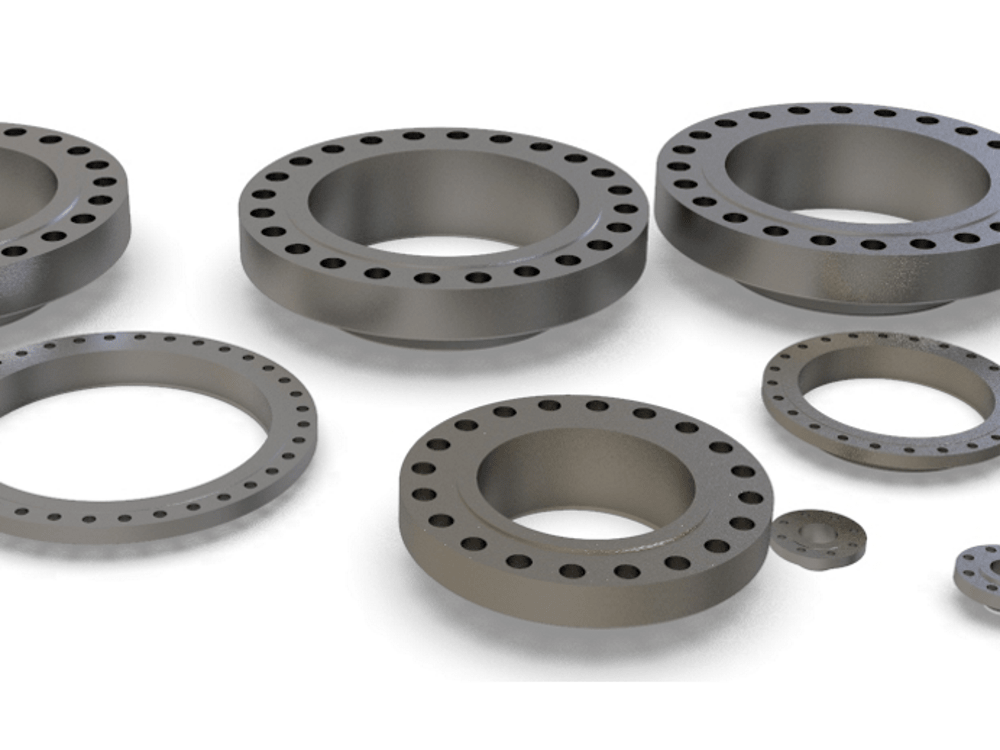In the dynamic realm of engineering and construction, lubricants serve as indispensable tools for reducing friction and optimizing operational efficiency. When integrated with geosynthetics, these lubricants become catalysts for transformative advancements across various applications. This article explores the collaborative potential of lubricants and geosynthetics, addressing common inquiries and highlighting the benefits of their integrated approach.

How do lubricants fortify geosynthetic performance?
Lubricants play a pivotal role in minimizing friction between geosynthetics and adjacent materials, streamlining installation processes and extending the lifespan of materials. By mitigating frictional resistance, lubricants enhance the flexibility and durability of geosynthetic materials, ensuring sustained performance in diverse environmental conditions.
What factors should be deliberated when selecting lubricants for geosynthetic applications?
Selecting the appropriate lubricant for geosynthetics requires careful consideration of material compatibility and environmental impact. Opt for lubricants that offer enduring performance without compromising the integrity of the geosynthetic. Additionally, prioritize environmentally friendly options to minimize ecological consequences.
How do geosynthetics amplify the effectiveness of lubricants?
Geosynthetics act as protective barriers, safeguarding the lubricant from surrounding soil or structures and ensuring uniform distribution. Furthermore, geosynthetics provide reinforcement and stability, optimizing the performance of lubricants in various civil engineering applications, including soil stabilization, erosion control, and landfill liners.
What are some common applications where lubricants and geosynthetics converge?
Lubricants and geosynthetics find extensive applications in endeavors such as pipeline installation, where they facilitate smooth pipe insertion and protect against damage during backfilling. They also play significant roles in geotechnical projects like retaining walls and embankments, where lubricated geosynthetics streamline construction processes and enhance long-term stability.
In conclusion, the integration of lubricants and geosynthetics presents a promising avenue for enhancing performance in engineering and construction endeavors. By minimizing friction, optimizing installation processes, and ensuring durability, this collaborative approach drives sustainable infrastructure development. When selecting lubricants and geosynthetics for a project, prioritize compatibility, environmental considerations, and long-term performance to unlock their full potential.
